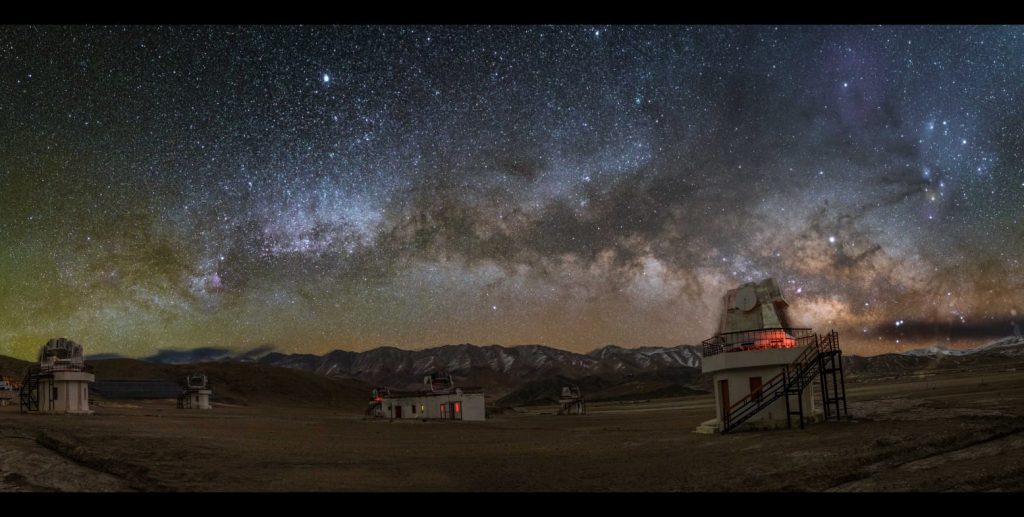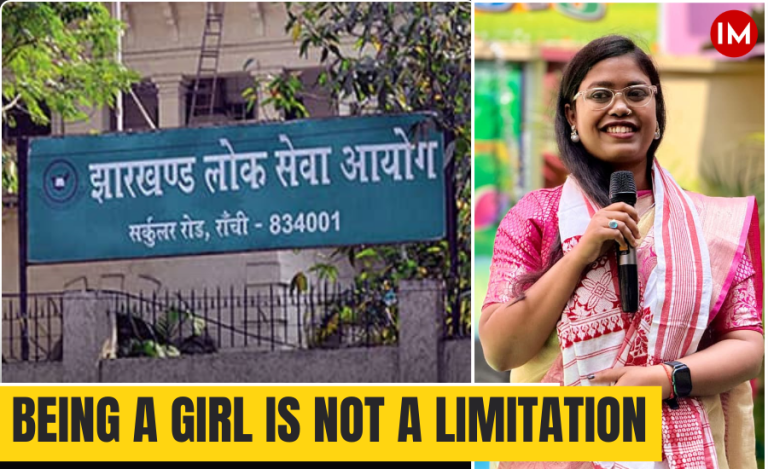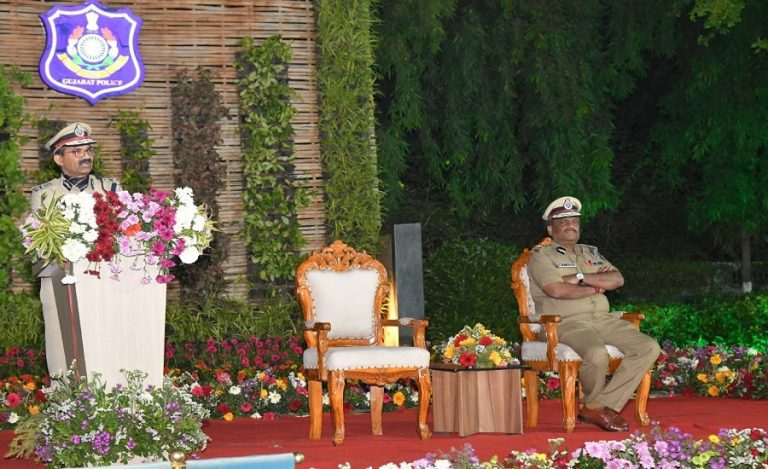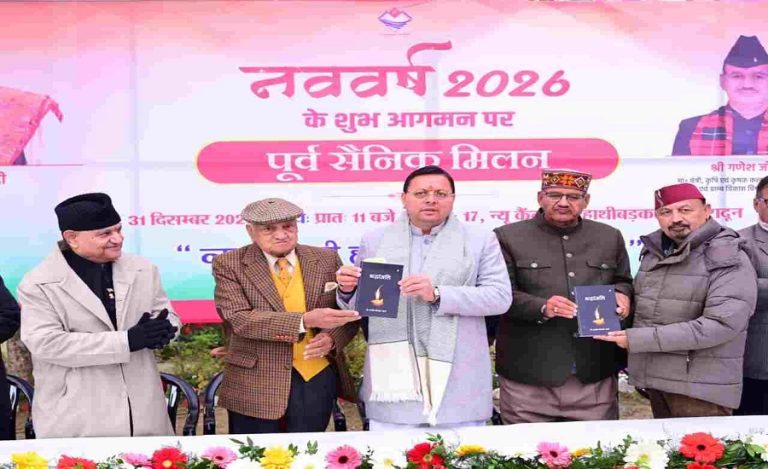For the first time in the country a Dark Sky Reserve project has been launched to promote Astro tourism. Called Hanle Dark Sky Reserve Project, it is the result of an MoU between the Administration of UT Ladakh, Ladakh Autonomous Hill Development Council, and Indian Institute of Astrophysics. The initiative is being spearheaded by the Department of Wildlife Protection, UT of Ladakh with support from Government of India, United Nations Development Programme, Global Environment Facility and SECURE Himalaya Project.
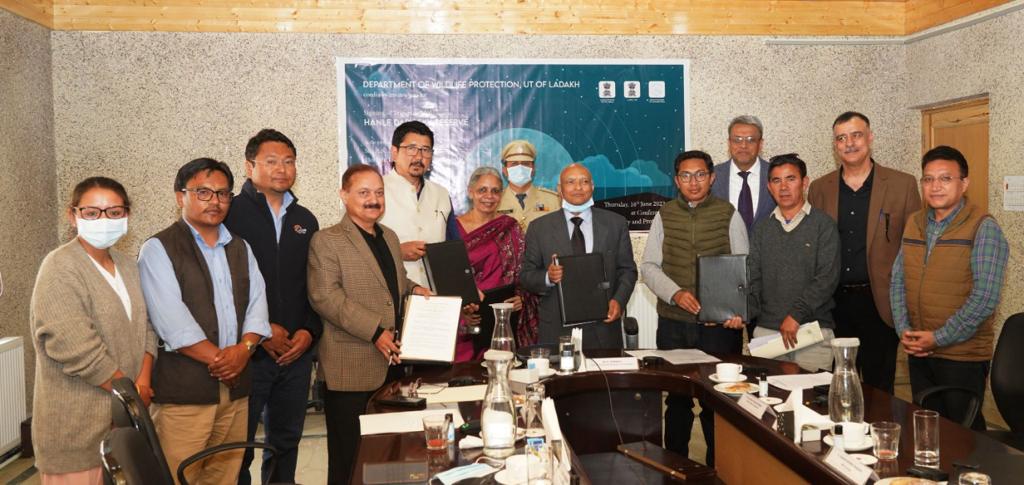
Spread across an area of over 1000 sq. Km, the first Dark Sky Reserve of India will allow for reduced night pollution, improved livelihoods of local communities by promoting Astro-tourism, and conservation of wildlife in the Hanle village cluster of Changthang Wildlife Sanctuary.
HANLE VILLAGE
Hanle has been a site for astronomical research since the setting up of India Astronomical Observatory under Indian Institute of Astrophysics since 2000. Hanle is a village cluster consisting of six hamlets situated inside the Changthang Cold Desert Wildlife Sanctuary in south-western Ladakh.
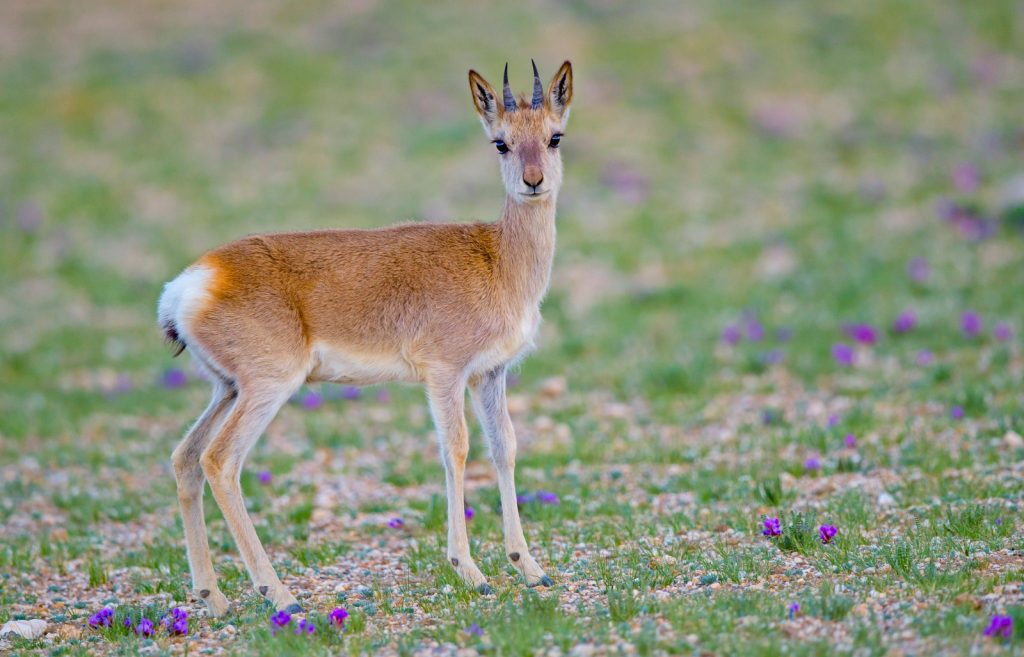
Situated at an elevation of 4500 metres above sea level, it is one of the highest places in the country and across the world to observe celestial bodies and collect scientific data in the quest to improve the knowledge about the universe.
Mr. Pankaj Raina (SFS), Wildlife Warden, Ladakh told Indian Masterminds, “Being a cold dessert, Ladakh has minimal moisture in the air. Additionally, Hanle and the area around it experiences mostly cloudless nights and extremely low precipitation throughout the year improving both the quality and experience of viewing of celestial bodies.”
LIGHT MANAGEMENT PLAN
In order to mitigate light pollution in the area, a Light Management Plan has been designed by Indian Institute of Astrophysics which includes procurement, distribution, and installation of equipment to reduce and control the light pollution in Hanle. This includes warm-coloured lights, lamp shades, and curtains. The procurement has been completed through financial support from the Administration of UT Ladakh, and installation is presently being carried out in public areas, and residences of the village.
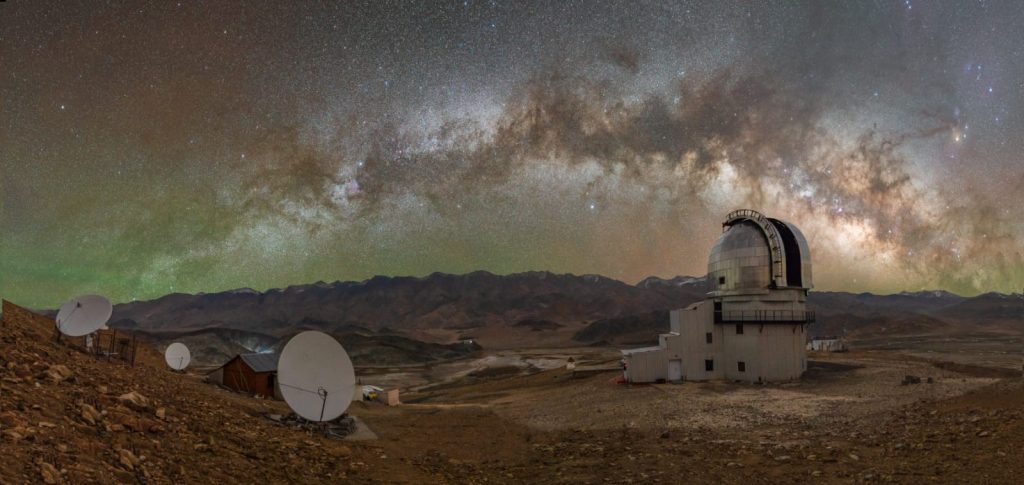
INVOLVING COMMUNITY
18 telescopes have been procured in the first phase with support from the UT Administration for installation across the six hamlets of Hanle.
In order to develop local guides and impart scientific curiosity amongst local communities, a training workshop was organised by Indian Institute of Astrophysics to develop capacities within residents of these villages to use the telescopes and inform tourists of celestial bodies visible through this equipment.
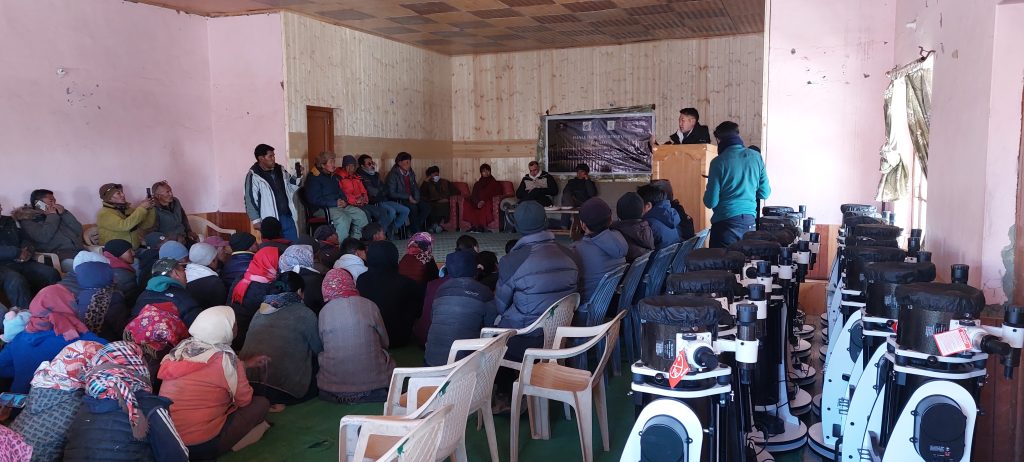
Apart from this, five astrodomes are being constructed at different sites at Hanle, namely Bugshodo, Pungug, Khaldo, Naga and the place near Hanle monastery. Mr. Pankaj said, “During the windy nights, this astrodome will give space to 50 people who can do all type of activities and get a high-end experience.”
The astrodomes, or an enclosed stadium covered with glass will allow people to sit and look at the celestial bodies.
The wildlife department is also helping in upgrading the homestays of the local people in Hanle so that tourists can have a quality experience while living in these areas.

